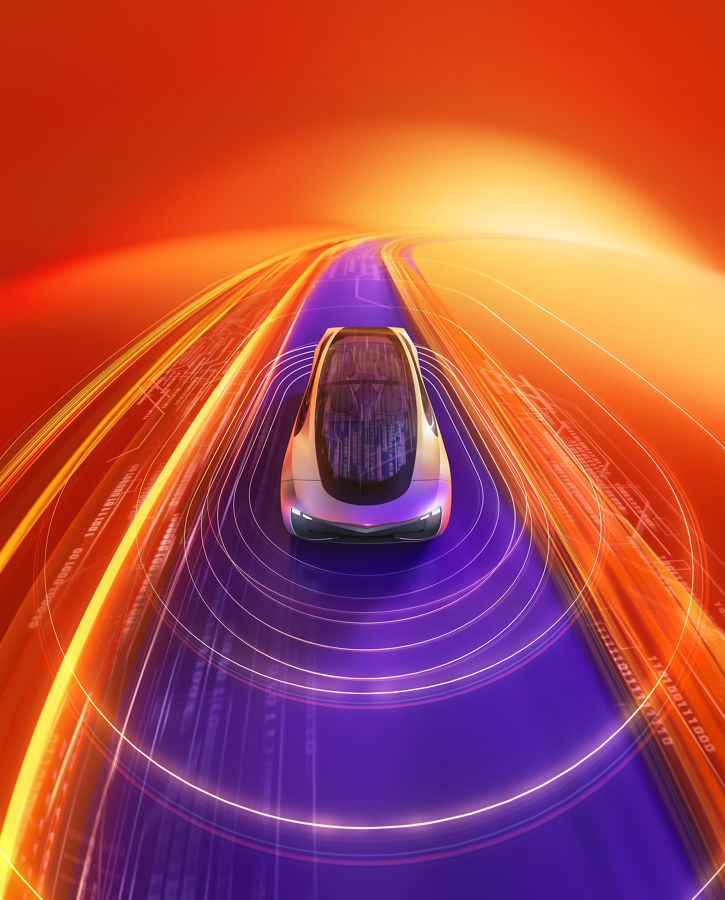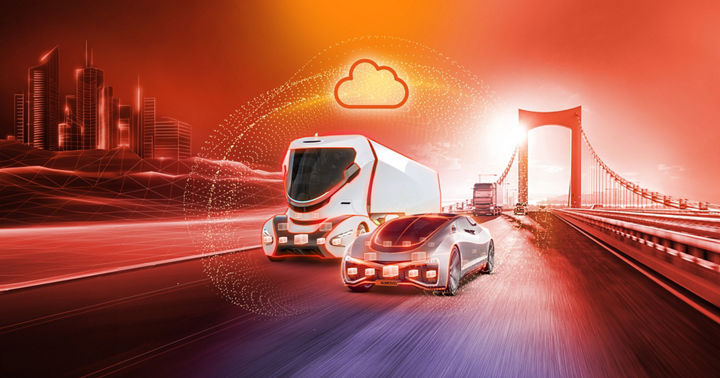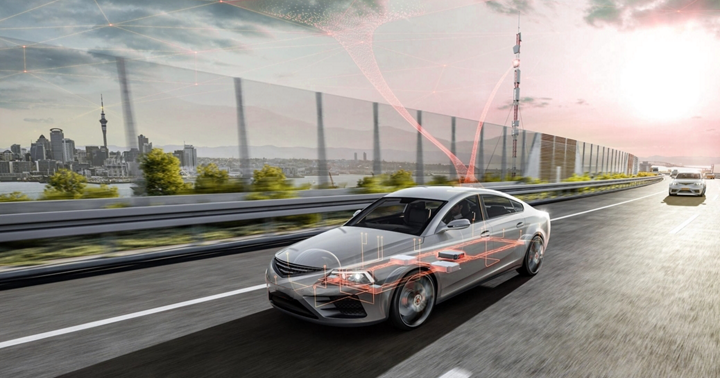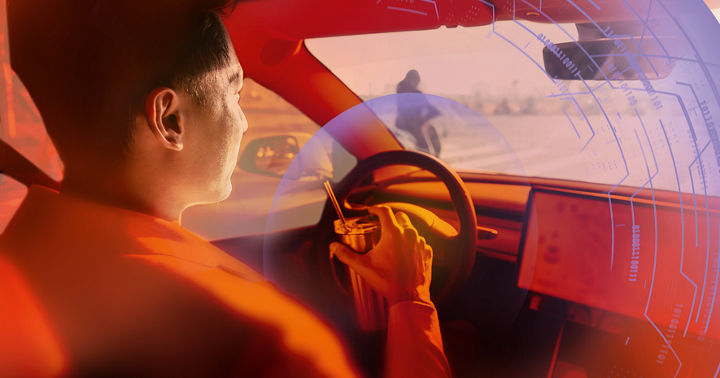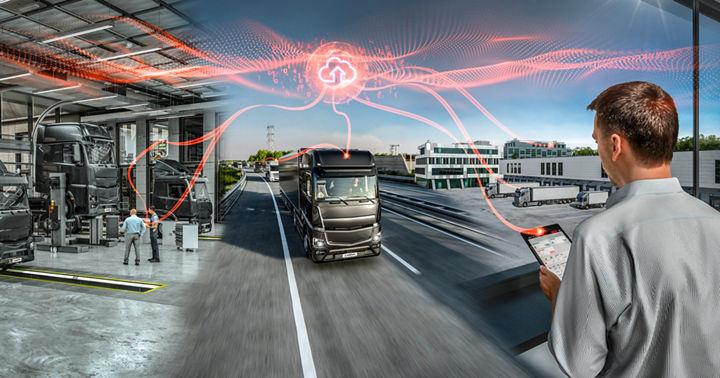We are the Adaptive Powerhouse for Future Mobility, making it safe, exciting, connected, and autonomous. To achieve this goal, we develop, produce and supply technologically leading and market-oriented products, hardware, software and modern mobility solutions. In addition, we offer various services. Our diverse portfolio features a multitude of extremely well-established products and underpins our strong market position.
Welcome to AUMOVIO!
Our newsroom
Listing of AUMOVIO
September 18, 2025 marks the official listing of AUMOVIO as an independent company on the Frankfurt Stock Exchange. With ringing the bell, the trading in the shares of AUMOVIO starts.

Our solutions
Career

As an employer, we combine passion with progress, creating an environment that promotes growth and allows potential to unfold. We offer attractive career paths with a wide variety of opportunities to help shape the mobility of the future. For us, success stems from being stronger together, with cooperation across departments and an open, constructive team culture.
Investor relations
Do you want to know more?
*If the contact form does not load, please check the advanced cookie settings and activate the functional cookies for the purpose of contact management.
